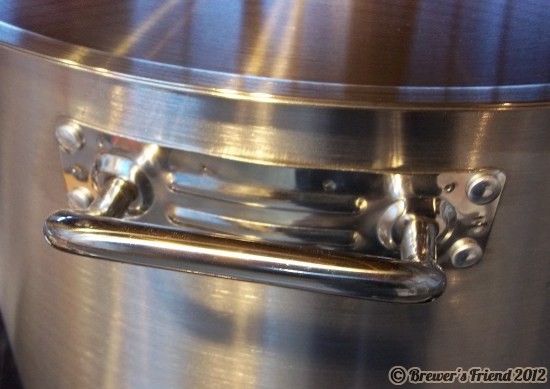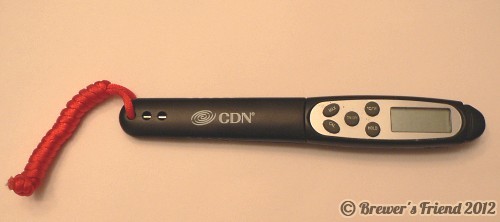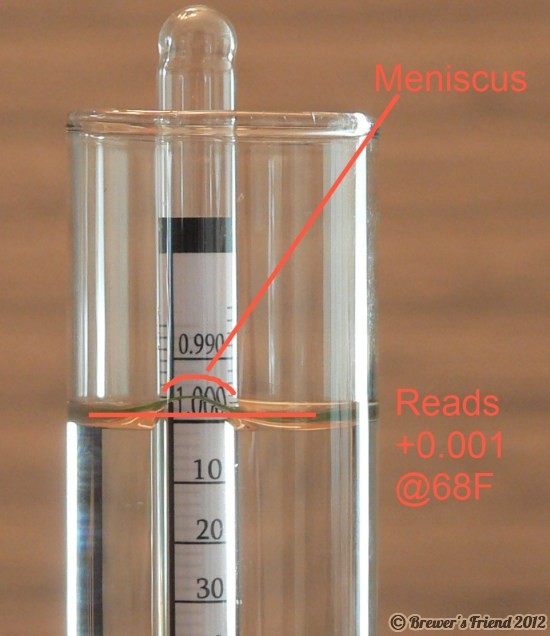Beat Oxidation Problems by Topping Off
Saturday, March 26th, 2011From my recent experience making wine, I was reminded of the importance of completely filling up the secondary fermenter to the top. A sure way to get a spoiled batch of wine is to leave a lot of head space in the carboy after racking.

In beer oxidation can lead to wet card board flavors, low shelf life, and other nasty defects. Leaving head space in the secondary is a sure way to trigger oxidation problems. Wine books say to top off the secondary with a similar style of wine. With beer that is not as easy because of the wide variation between beers even in the same style. The beer could be diluted with water but that doesn’t feel right to me if it is more than 1-2% of the total volume.
The best solution is to take the size of the secondary fermenter and add half a gallon to determine your batch size. For example if I will rack into a 5 gallon carboy, I would target 5.25 – 5.5 gallons for my batch size. Figure one to two quarts will be left behind in yeast and trub. Five gallons is a good size, easy to move around, and fits into a corny keg. I never use a bucket as a secondary fermenter because of the head space issue. Only carboys fitted with a stopper offer an easy way fill to the very top and prevent oxidation.

(5 gallon batch of lager, primary fermentation complete.)

(5 gallon batch of lager racked into the secondary.)
How do you get exactly the amount of wort you want?
For extract brewers, this will be easy because you are topping off with water. Just adjust your recipe for the target OG and water volume and top off to that level. Your fermentation vessel should have water volume marks established on it ahead of time (either by you, or labeled by the manufacturer).
For all grain brewers it is not as easy because of mashing, the full wort boil, and no topping off allowed. It takes some practice in knowing your equipment. I have been referring back to this article lately to dial in my water volume.
Note this head space issue only applies to secondary fermentation (if you are racking). Oxygen is good for wort that is going into the primary. Fermentation will drive oxygen out of the airlock. Oxygen is only harmful after the wort has fermented (green beer and afterwards). You need head space in the primary because the foamy krausen head will rise as fermentation happens (both for ales and lagers).
I also do bigger batches, using my 8 gallon plastic primary and then racking form there to glass. Be careful on that one. I recently found out I have a 7 gallon carboy, thinking it was a 6.5, and wound up with head space I was not counting on! In that case, I slowly vented the head space with CO2 for about a minute. A full seven gallon carboy is pretty heavy too. Ultimately doing an 11 gallon batch and splitting it in half is the best way to make a large amount of home brew in one go.





























